7 Best Practices for Preventing Ransomware Attacks
Ransomware has become an increasingly worrisome threat for businesses and organizations of all sizes. To keep you safe against this type of attack, organizations should invest in anti-ransomware and ransomware protection software. Besides utilizing security software, there are other best practices to consider for preventing ransomware attacks. Here, we will discuss seven best practices for preventing ransomware attacks.
1. Keep Your Software Updated
As security flaws are discovered in software, patches, and updates are released by the developer to fix them. Failing to install these updates means that your system is left vulnerable to attacks, including Ransomware.
It’s important to ensure that all the software on your computer, including your operating system and any third-party programs, is kept up-to-date with the latest patches and updates. Additionally, installing antivirus software can help protect your system from Ransomware attacks by detecting malicious threats before they have a chance to take hold. If you do find yourself in the unfortunate situation of being attacked by Ransomware, having reliable antivirus software can help you remove it quickly and easily.
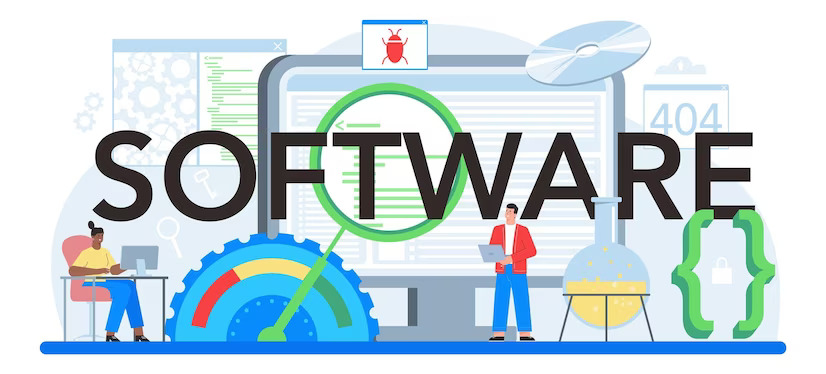
Taking a few simple steps to keep your software updated and secure can be the difference between keeping your data safe and becoming a victim of a Ransomware attack. Make sure to install reliable antivirus software, keep your software updated (especially Microsoft Windows) and scan your computer regularly to make sure everything is running smoothly.
2. Use Strong Passwords
Another important best practice for preventing ransomware attacks is the use of strong passwords. Weak passwords can be easily hacked, making it easier for criminals to gain access to your system and infect it with ransomware.
To make sure your passwords are as secure as possible, make sure they contain at least 8 characters and include a combination of upper & lowercase letters, numbers, & special characters. Plus, you must never use the same password for multiple accounts & regularly change your passwords.
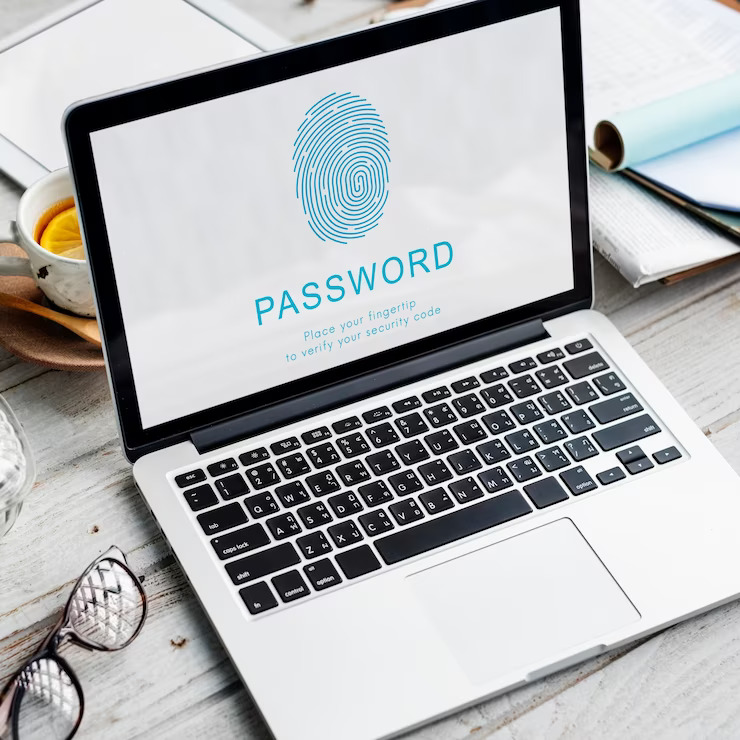
It’s also crucial to install and keep your antivirus software updated on your computer to further safeguard your system. If something suspicious occurs on your system, antivirus software can spot it and let you know. It can also help prevent ransomware from infiltrating your system in the first place.
If your system does get infected with ransomware, it is important to take steps to remove the ransomware as quickly as possible. Unfortunately, some ransomware can be difficult to remove and will require specialized ransomware removal tools or professional assistance. If you do not have the right tools or knowledge, it may be best to leave ransomware removal to the experts.
Anti-ransomware software such as Defencebyte can offer protection against future ransomware attacks by detecting and removing any malicious programs before they can cause damage to your files.
Anti-ransomware software offers users many different options, including automatic scans that will check for signs of a potential attack on an ongoing basis and scanning systems that allow you to manually perform scans when necessary. For example, Defencebytes’ anti-ransomware feature blocks malware by stopping all related processes and services without causing any interruptions.
The feature also blocks file encryption attempts so that your data remains accessible even after infection. With these features in place, this anti-ransomware software ensures that it’s next to impossible for any type of malware or ransomware attack to succeed.
3. Use a Firewall
Using a firewall is an important part of preventing ransomware attacks. Firewalls are designed to filter traffic and block malicious activity, such as unauthorized attempts to access your system. When you install a firewall, it is important to configure it and update it regularly.
Additionally, make sure that antivirus software and ransomware removal tools are installed and kept up to date. These tools can help detect and prevent malicious activity, as well as provide support for removing any ransomware that may have successfully breached your system.
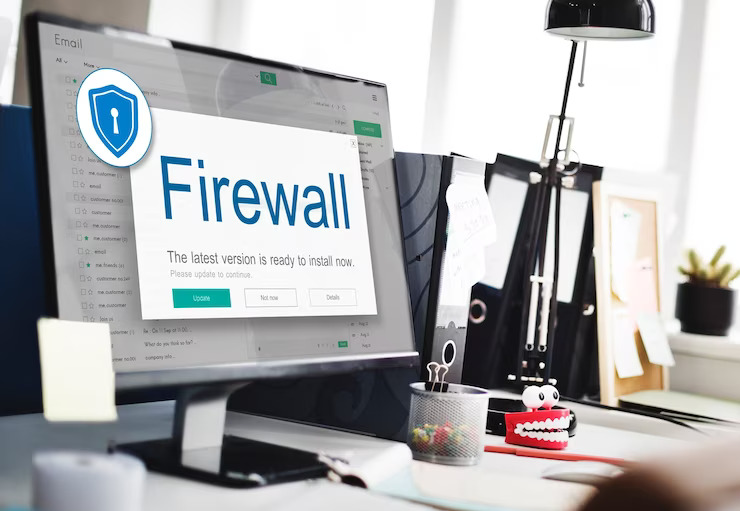
By using a firewall, along with antivirus software and ransomware removal tools, you can create a strong defense against ransomware. It is essential to know the basics of malware protection software.
Many businesses rely on third-party ransomware protection software instead of installing their in-house solution. The most popular security programs include Defenencebyte Anti-ransomware, Microsoft Windows Defender, Kaspersky Antivirus, and AVG Internet Security.
4. Use an Antivirus
When it comes to preventing ransomware attacks, one of the best measures to take is to use antivirus. Antivirus software is made to find and get rid of malware from your computer system, including ransomware. It also can keep an eye on and defend your system against new threats.
To keep your system safe, make sure you install a reputable antivirus program that includes real-time protection against ransomware removal. This will help ensure that any malicious programs are blocked from infecting your system. Additionally, make sure to keep your antivirus software up-to-date so that it can recognize new strains of ransomware and other malware.
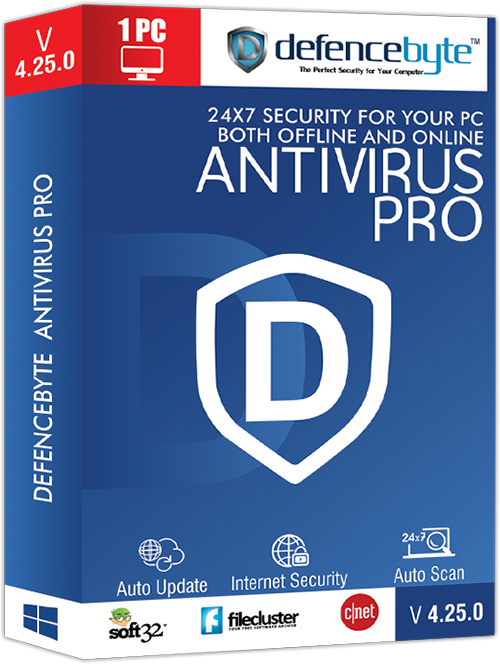
If you believe you have already been infected with ransomware, there is an easy way to find out: look in the startup list on Windows 10 by typing MSConfig into the search box at the bottom left of your screen. There must be an entry for something like all ransom viruses or web access. Unchecking this option means that ransomware does not start when Windows starts up. If there’s no mention of ransomware in this list, then Windows 10 has been protected from this threat!
5. Use a VPN
By establishing an encrypted tunnel between your computer and the websites you visit, a virtual private network (VPN) makes sure that all of your online activity is secure and confidential. This can help protect you from malicious software such as ransomware, as the encryption prevents attackers from gaining access to your files and data. Additionally, a VPN can also help prevent your IP address from being revealed, so attackers won’t be able to target you with ransomware.
And if you do become a victim of a ransomware attack, make sure you are prepared with the right tools to remove it. There are several Ransomware removal tools available, many of which are free or low-cost. These tools can help you remove ransomware quickly and effectively, ensuring that your data remains safe and secure.
6. Avoid Phishing Emails
By taking the time to learn how to spot and avoid phishing emails, you can significantly reduce your risk of becoming a victim of a ransomware attack.
To help protect yourself from phishing emails, it’s important to be aware of the tell-tale signs of a malicious message. Common indications include messages with misspellings, grammar mistakes, and generic greetings like Dear Customer or Valued User.
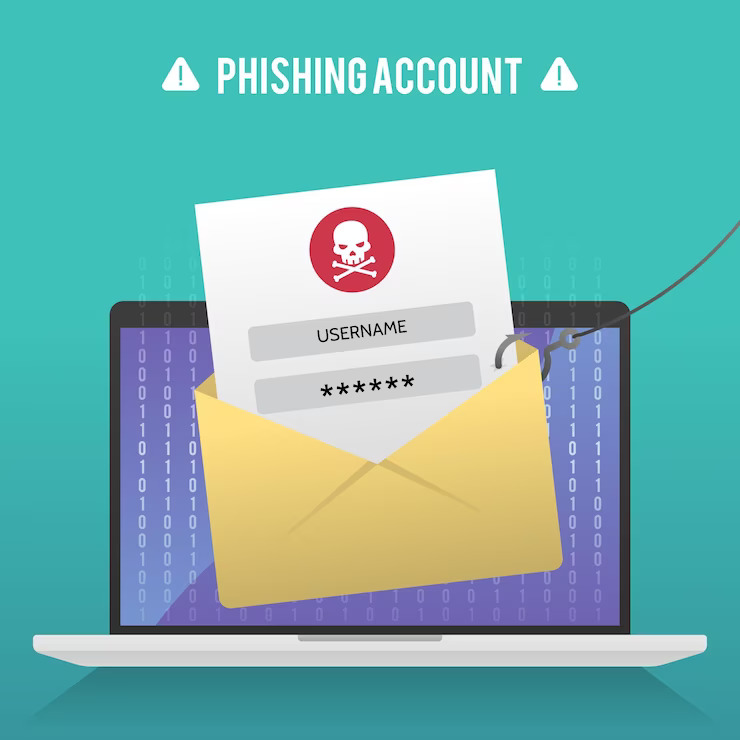
Additionally, be sure to watch out for any emails that ask for personal information or direct you to a website with a suspicious URL. If you receive an email that seems suspicious, don’t tap on any links/ download any attachments – simply delete it.
Along with being vigilant when it comes to spotting potential phishing emails, it’s also all-important to equip your computer with antivirus software and keep it updated. It can help detect malicious emails before they have a chance to infect your device, while regular updates can help ensure the software is up-to-date on the latest ransomware removal tool.
Another way to prevent ransomware attacks is by installing ransomware protection software on your devices. Anti-ransomware software, such as Defencebyte Anti-ransomware, has proven effective at protecting against malware including encrypting viruses by either detecting and deleting them before they can do any damage or providing protection in case something does happen so all encrypted files are restored once the infection has been removed.
7. Back Up Your Data
Backing up your data is also the best practice for preventing Ransomware attacks. Regular backups help you ensure that you have access to your important files and documents, even in the event of a ransomware attack.
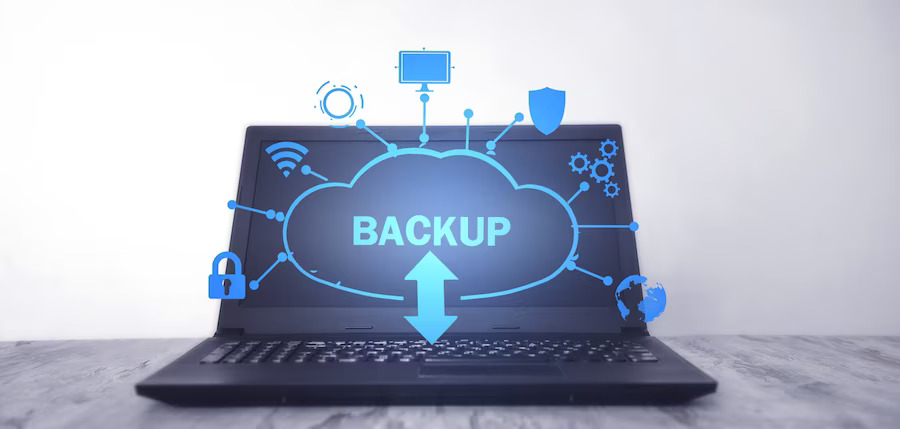
It’s also essential to make sure you back up your data to an external storage device or cloud server that is not connected to your main computer or network. That way, if your computer or network becomes infected, the backup will not be affected. So, keep this in your mind.
Antivirus software can help detect malicious software before it has a chance to affect your computer or network. It’s also a good idea to use specific anti-malware software that is designed to specifically detect and remove ransomware infections.
Conclusion:
Make sure you regularly scan your computer and networks with the latest security tools and updates. This will assist you to identify any potential ransomware threats. By following these best practices for preventing ransomware attacks, you can ensure that your data remains safe and secure.


